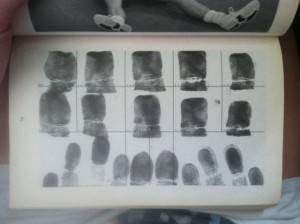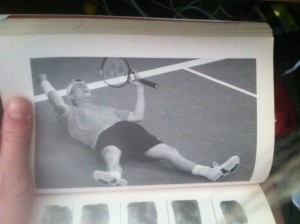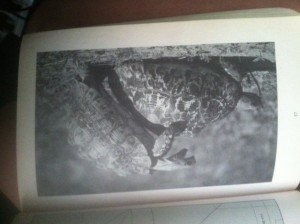As you know, our research paper and proposal are just lurking around the corner and last class we had the opportunity to learn some nice tricks to maneuvering the library website along with the chance to brainstorm and share research proposals. Unfortunately, due to a ridiculous illness that has just been weighing me down for months, I was unable to attend but fortunately, I have a (possible) proposal; exploring the relationship and representation behind the images in Foer’s Extremely Loud and Incredibly Close.
I haven’t figured out all the aspects and ways I will go about writing and researching this but I have some sort of idea. Yesterday, along with this morning, I tried for hours to find scholarly articles and journals so I could begin the research and build a solid foundation, but after endless broken links and misdirected pages, I gave up. My plan was to propose some of the ideas I tried to formulate on here and ask (anyone who takes the time to read this) for their opinion, thoughts, and criticism but since isn’t necessarily possible, I suppose I am here to ask you all this:
What do you think of the images in Extremely Loud and Incredibly Close?
Are the pictures random or were they selected carefully?
Do you find any representations (within the images) towards a larger picture?
Obviously, some of the images are purposeful in their placement in the novel like…

Above: Grandpa’s hands
Left: The Falling Man
But there are those (seemingly) random placed pictures so that’s where I want your opinion. What do you think about those “random” images? Do they have a role in the bigger picture?
Images like…
Top Left: Fingerprints
Top Right: Tennis Man
Bottom Left: Humping Turtles (sorry it’s upside-down)


